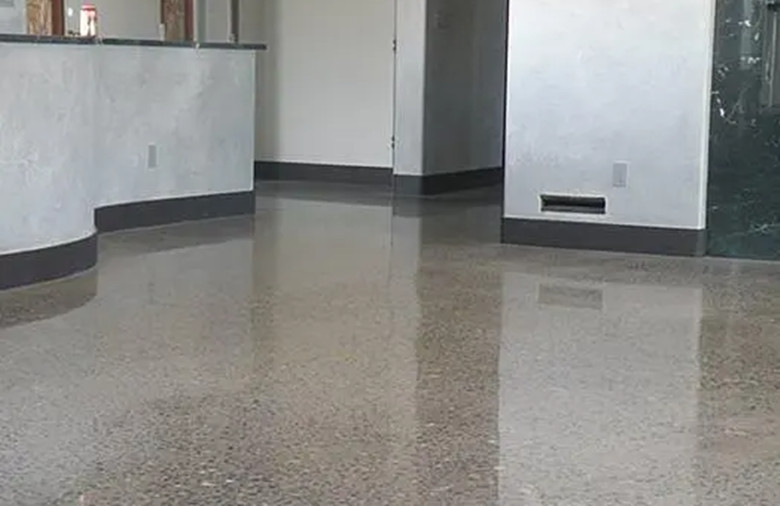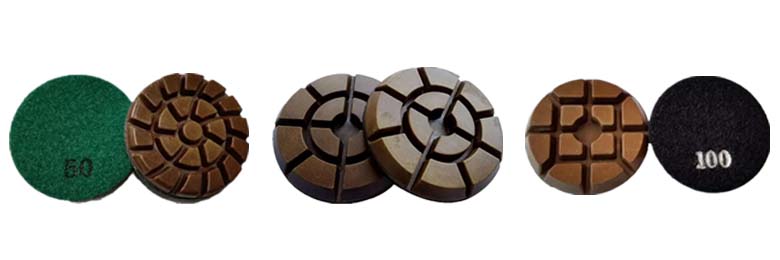Polished Concrete Floor Polishing Process Skills2022-04-14
Polished concrete floors are fast becoming one of people's favorite floors. Polished concrete floor refers to the concrete surface formed after the concrete is gradually polished by grinding tools and combined with chemical hardeners.
Constructors use chemical hardeners to penetrate the naturally poured concrete to strengthen its surface strength and density, and improve its flatness and reflectivity through mechanical grinding and polishing, so that the concrete floor has both performance and special decorative effects.This is why most retail, warehouses and offices choose polished concrete floors.
Let me share with you the polishing process of polished concrete floor:
Coarse Grinding
The process begins with the use of coarse gold tree grinding discs bonded in a metal matrix. This part is rough enough to remove small pits, blemishes, smudges, or light-colored coatings from the floor, resulting in a smooth finish.
Depending on the condition of the concrete, this initial rough grinding usually requires a three- to four-step grinding process.
Fine Grinding
This process is the fine grinding of the concrete surface using resin abrasive discs embedded in a plastic or resin matrix. The builders use finer and finer polishing discs to grind until the floor reaches the desired gloss. For very high gloss, a 1500 mesh or finer abrasive can be used at the end.
Experienced polishers know when to switch to the next finer mesh by looking at the floor surface and the amount of material removed.

Polished
During polishing, use an internal dip
sealant. The sealant that seeps into the concrete is barely visible to the
naked eye. Not only does it protect the concrete from the inside out, but it
hardens concrete and increases its density. This eliminates the need for
topical paint coatings and also greatly reduces maintenance.
If the polish is applied to the surface
during the final polishing stage, it will make the floor shinier. These
polishes also help remove residue left on the surface during polishing,
creating a stain-resistant surface.
You can sand the concrete wet or dry. While
each method has its advantages, dry polishing is currently the most commonly
used method in the industry because it is faster, more convenient, and more
environmentally friendly.
At present, many construction teams use a
combination of dry and wet polishing methods. Dry polishing is used for the
initial grinding step, after more concrete has been removed. When surfaces
become smooth and builders switch from metal discs to finer resin discs, they
often change to wet polishing.
DTS
Diamond Tools offer a full line of high quality
diamond tools for preparing, resurfacing and polishing a wide range of
surfaces, including concrete, terrazzo, marble and stone. We dedicate our time,
energy and resources in research and development of low cost and high-end floor
preparation diamond tools that simplify the operation process. As a competent
diamond tool manufacturer, we can manufacture special diamond tools for you in
a wide variety of geometries, grain sizes and bonding, in a variety of
diameters, lengths, and quantities. We have been producing innovative and
customer-oriented solutions. Here, you will find the ideal solutions for your
concrete-working, stone-working and other applications according to your
specific needs.
- Company Info
- Feedback
- Customer Reviews
- About Us
- Contact Us
- Blog
- Help Center
- User Center
- Forget Password
- My Orders
- Tracking Order
- My Account
- Register




